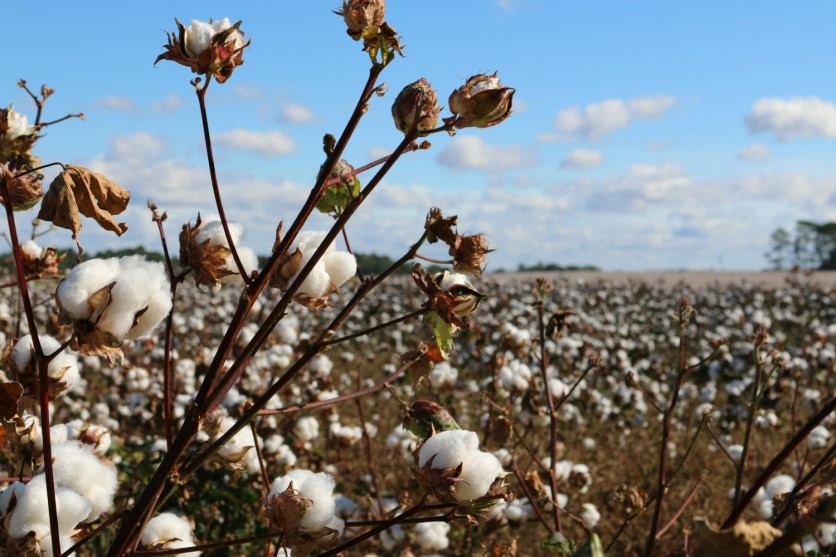Cotton, the soft staple of the global textile industry, faces a formidable threat: drought. As climate change intensifies, these arid conditions are becoming increasingly frequent and severe, jeopardizing cotton production worldwide. However, a glimmer of hope emerges from a new research that could revolutionize the future of this vital crop.
Decoding Cotton's Drought Resilience

Scientists at the Boyce Thompson Institute (BTI) have embarked on a quest to unlock the secrets of drought-resistant cotton. By meticulously examining 22 cotton varieties under both normal and drought-stressed conditions, they've made significant strides in understanding the plant's genetic makeup and its response to water scarcity.
According to BTI's co-corresponding author Andrew Nelson, the team was excited to discover the direct link between fiber yield maintenance and stress tolerance.
"It appears that over time, cotton plants have evolved this regulatory mechanism to help them cope with dry conditions while still producing the fibers that are so economically important," Nelson added.
Master Genes: The Orchestra Conductors of Drought Tolerance
A pivotal discovery in this research is the identification of two key genes, GhHSFA6B-D and GhDREB2A-A, which play a crucial role in cotton's drought tolerance and fiber production. These genes, likened to orchestra conductors, orchestrate the activity of hundreds of other genes involved in the plant's survival and productivity under arid conditions.
Ancient Roots of Drought Resilience
Delving deeper into the genetic blueprint, researchers uncovered another intriguing finding. A gene named GhIPS1-A, inherited from cotton's African ancestors proved essential in producing compounds that shield the plant from drought. Moreover, they identified a subtle genetic variation linked to higher fiber yield in drought-stressed plants, offering a promising avenue for developing more resilient cotton varieties.
The Challenge of Cotton Cultivation
As per Interesting Engineering, cotton thrives in warm, sunny climates with well-drained soil. Traditionally, major cotton-producing regions have been concentrated in the United States, India, China, and Egypt. However, the escalating impacts of climate change, including erratic rainfall patterns and prolonged droughts, have posed significant challenges to cotton cultivation in these areas.
The Promise of Genetic Modification
In response to these challenges, the development of genetically modified (GM) cotton varieties has gained traction. BT cotton, engineered to produce a natural insecticide, has shown promise in reducing pest damage and pesticide use. Nevertheless, the widespread adoption of GM cotton is hindered by regulatory hurdles and varying farmer preferences.
A Brighter Future for Cotton
The research conducted at BTI offers a roadmap for breeding cotton varieties that can withstand the rigors of drought while maintaining high fiber yields. This breakthrough has the potential to safeguard the cotton industry, ensuring a sustainable supply of this essential fiber for generations to come.
To view the study, visit Plant Biotechnology Journal.

ⓒ 2026 TECHTIMES.com All rights reserved. Do not reproduce without permission.




